
An analysis of existing studies suggests prevalence of non-physician-sanctioned administration may be as high as 66%.

An analysis of existing studies suggests prevalence of non-physician-sanctioned administration may be as high as 66%.
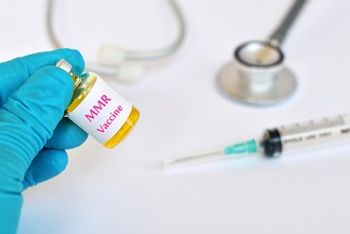
Several states have or are considering laws that would circumvent consent from anti-vax parents.
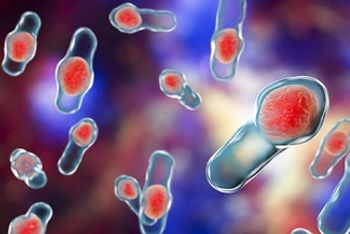
Recent patient death calls into question viability of effective treatment for recurrent C diff.

We asked those working on the frontlines to share their thoughts on the scope of the problem and possible solutions.
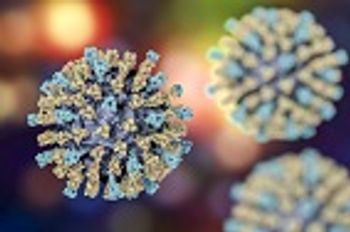
International travel and poor vaccine uptake are among the key factors identified by investigators who mapped counties at-risk for measles cases in the United States.
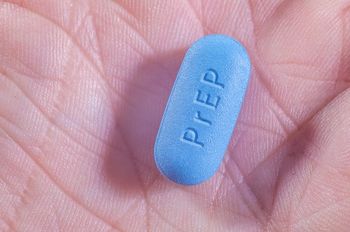
Agreement between Gilead and Trump administration promises more drugs for at-risk patients.
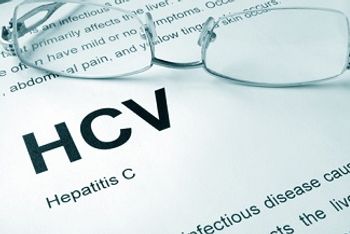
DONATE-HCV trial offers new hope to those on waiting lists for new hearts and/or lungs.
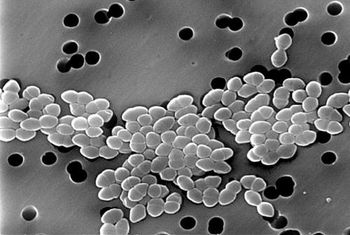
The CDC considers VRE to be a “concerning threat,” and estimates that the bug sickens some 20,000 Americans annually, causing death in roughly 1300 people per year.
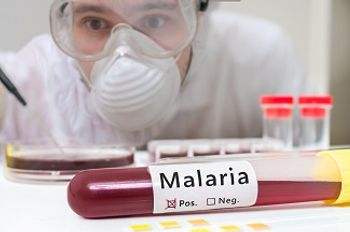
Johns Hopkins symposium will highlight new challenges and approaches in the fight against the mosquito-borne disease.

Open Forum Infectious Disease study highlights workplace issues within the specialty.
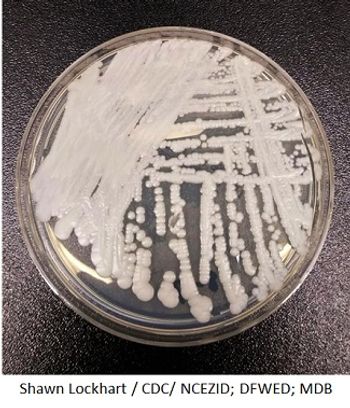
New York Times coverage of the problematic “superbug” generates quite a response.

The latest case cluster in the United States has led a university to change policy regarding the MMR vaccine.
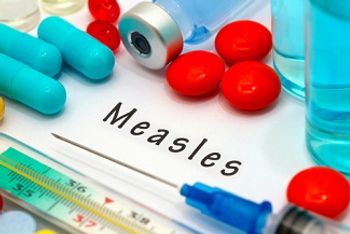
Countries around the world begin to respond to measles outbreaks, with Italy taking the step of keeping unvaccinated kids home from school.
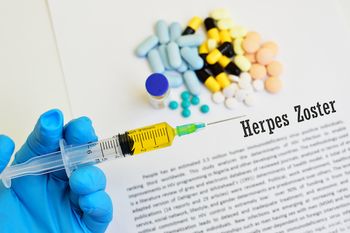
The rise of Shingrix as a first-choice prophylaxis for shingles has lead to increased demand as the manufacturer commits to ramping up production.

UK study in Addiction identifies benefits for controversial programs proposed as a solution for the ongoing opioid crisis.
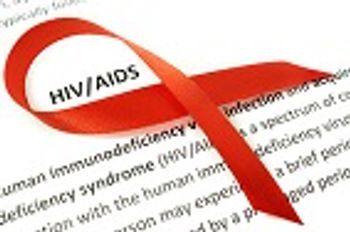
The bold promise in last week’s State of the Union address is achievable, but may mean keeping the Affordable Care Act.

Is there a chance of similar legislation in the United States?

Health system continues to lead the way in stewardship; hopefully more will follow.
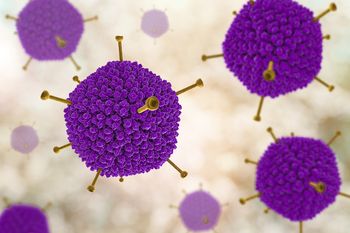
Tests revealed similar genome type—the potentially lethal 7d variant—among cases despite various facilities of origin.
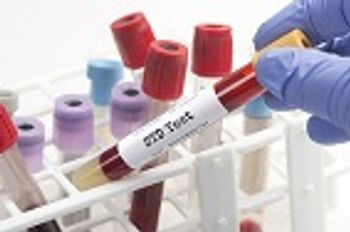
A study of the approach worked wonders in China, but it may not effectively shift the burden of costs associated with testing in the US.
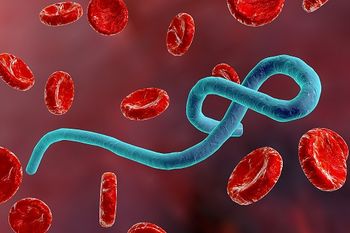
What’s happening in the African nation is only the latest example of the catch-22 caused by political unrest and infectious disease outbreaks.

The FDA has cautioned Genetech, Inc. for processing umbilical cord blood into unapproved human stem cell products that may have contributed to the sickening of 12 people.

We look at how we fared on our New Year’s resolutions from 2018 and also set some new ones for 2019.

Government health programs could use such deals to reduce costs and improve access to effective medicines.

A survey commissioned by the Infectious Disease Society of America shows positives and negatives regarding salaries for infectious disease physicians.
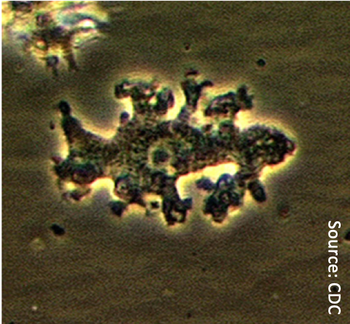
The recent death of a nasal irrigation user may have more to do with dirty water and/or improper use of the device, rather than a flaw with the approach.

Document also urges health care to take leadership role in efforts to mitigate effects of weather-related events.
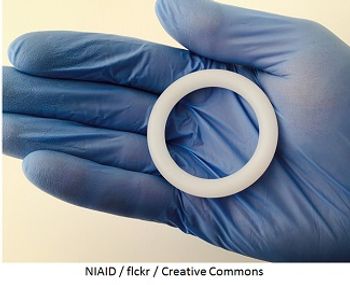
Three new trials, published in CID, highlight potential for intravaginal rings.

A new report by Global Health Technologies Coalition assesses the economic impact of cuts to global health R&D on the economies of US states.
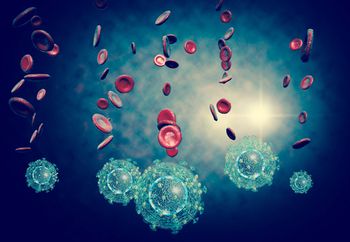
The burden of prostate, breast, and lung cancers among those living with HIV is expected to rise by 2030.